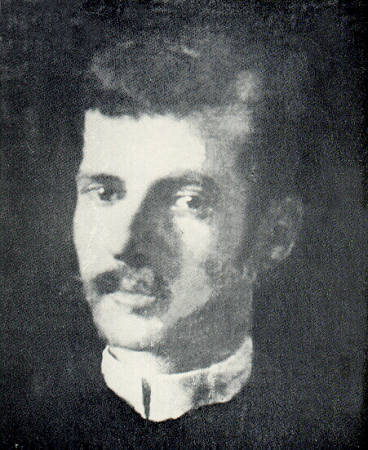3.7.14 Notions of literary criticism by Julián del Casal (1863 – 1893)

Julián del Casal exuded lyricism in all his texts, not only the truly poetic ones but also those that commonly have a more academic tone, such as literary criticism.
In 1893, after the poet’s death, his study “Bustos y Rimas” (Busts and Rhymes) was published. It contributes to a deeper understanding of the author’s literary worldview, the other hemisphere of his poetic brain; but it was actually more intuitive than rational, like creation itself; and this is a nuance that differentiates his critique from fin-de-siècle positivism.
In “Bustos y Rimas” scholarly references do not prevail, but rather an imaginative flow that allows him to establish communication with the authors on another level. He is always a writer who writes about another and ultimately fails to achieve or does not propose the split.
The excessive concern with form attributed to Casal to the detriment of the experiential, emotional, cognitive or sensorial content that constitutes the lifebeat of the cardboard metric structures does not correspond with his ideas in the field of criticism, an aspect in which he even demonstrates concerns regarding colonialism and its impact on the limited development of literature on the Island.
He published several articles on emerging literary figures both on and off the island. “La vie errante” by Guy de Maupassant inspired a deep connection with the writer, which is expressed in a text of an emotional nature and not associated with the cold academic dissection that literary criticism has typically pursued since the emergence of positivism.
He delved with the same attitude into the evolution of Cuban literature. One of the figures who captured his attention was Bonifacio Byrne, in “Bustos y Rimas,” in which he expressed some of his poetic concepts – although for him poetry was an elusive entity with a mysterious essence.
Reading Bonifacio Byrne’s poetry collection “Eccentrics” prompted interesting reflections on Cuban poetry and even a sustained enthusiasm for the poet. He was certainly more restrained and closer to an academic tone when addressing the work of José Fornaris; in this sense, his embrace of modernism did not prevent him from recognizing the aesthetic successes of Romanticism.








